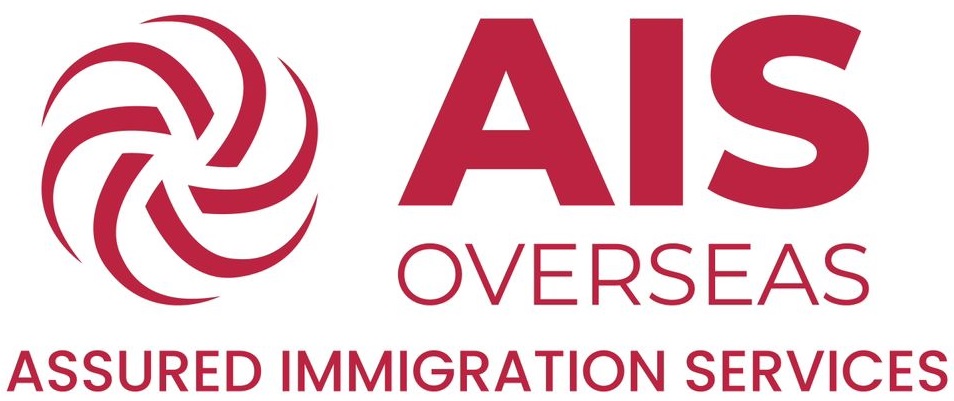
Malta Tourist Visa
If you plan to go to Malta on a tourist visa, you need to be aware of the prerequisites. There is no need for a visa for citizens of EU/EEA countries to visit Malta. If their visit lasts longer than ninety days, they have to register with the local government.
To visit Malta, if you are not a resident of the EU or EEA, you will require a 90-day temporary visa. Another name for this temporary visa is the Schengen visa. As you may know, every European nation that is a member of the Schengen Agreement accepts Schengen visas. Malta is among the nations covered by the Schengen Accord.
You can visit and remain in Malta and all the other 26 Schengen countries if you have a Schengen visa.
|
About Malta |
|
Malta is an island nation in the middle of the Mediterranean Sea. The Republic of Malta is the official name of Malta. The Maltese islands are composed of three distinct islands: Gozo, Comino, and Malta. Malta is strategically located and has a rich past. Malta gained independence from Great Britain in 1964 and became a member of the Commonwealth. The Republic of Malta was proclaimed on December 13, 1974. Malta eventually became a member of the European Union (EU) in 2004. Valletta is the capital city of Malta. However, Birkirkara is the largest town in the country. Malta has two official languages – Maltese and English. Prominent tourist destinations –
|
Why Visit Malta?
Numerous factors make a trip to Malta worthwhile. Among them are –
- Excellent flight connections
- A variety of attractions, all conveniently located together
- Perfect vacation spot
- There are nine UNESCO World Heritage Sites.
- An intriguing past to explore
- An authentically Mediterranean setting with an abundance of outdoor activities and an ocean surrounding it
- 300 days of sunshine
- Simple and easy to get around
- Three distinct islands to explore from one location
- Cost-effectiveness: Generally, Malta's costs are 20% cheaper than those in mainland Europe.
Eligibility Requirements to Apply for Tourist Visa:
- A passport with a validity of at least three months
- Two passport size photos
- Visa fees
- A copy of your completed and signed application form
- Supporting documents that indicate your purpose of visit
- Proof of hotel bookings, flight bookings and a detailed plan of your activities during the duration of your stay in Malta
- Copy of tour ticket
- Proof of having enough finances to support your travel and stay in the country
- Proof of having travel medical insurance worth 30,000 pounds.
- Invitation letter containing the address and phone number of the family member or sponsor.
- An approved and signed letter from a local town hall or any other competent government.
When to Apply:
You must submit your visa application three months before your planned trip. It is not a good idea to apply fifteen days before your intended travel date.
Processing Time:
The review process for your application will take 7 to 15 days, but in some circumstances, it may take up to 30 or even 60 days.
Make sure you meet the requirements for a visa and have the necessary travel papers before submitting an application for a tourist visa.
Here are the details of the visa fees for different categories:
| Category | Fees |
| Adults | Rs.13378.82 |
| Child (6-12 years) | Rs.11722.82 |
How AIS Overseas Can Help You?
- Give you advice regarding the necessary paperwork
- Give you advice on the necessary finances to be shown.
- Complete the application forms.
- Examine your applications for a visa.
Frequently Asked Questions
intended departure date. If the application needs to be reviewed more closely, the processing period may be extended to a maximum of 30 days. If more proof is needed in some particular circumstances, the processing period may be prolonged, up to a maximum of sixty days.
If your application is submitted within 59 months of the date your biometrics were collected, you won't have to submit them again. After the 59-month period has elapsed, you will need to provide your biometric information once more.
Yes. You may extend your temporary visa to Malta but only under extraordinary circumstances. To extend your Schengen Area visa, you must have a valid reason. Visa extensions are granted for essential personal reasons, like attending a relative's funeral, humanitarian reasons, like staying to continue receiving necessary medical care, or force majeure, which can include anything from the start of a war in your home country to inclement weather that makes it impossible to return by plane.
Additional requirements specific to Malta Tourist Schengen visa are –
- Invitation letter, containing the address and phone number of the applicant’s family member or sponsor in Malta (if applicable)
- Passport copies
- Bank statement of the last 6 months
An invitation letter is only valid for three months from the day it is sent. The invitation letter needs to be current at the time the visa application is submitted.
No. If a visa has already been granted based on that letter, the invitation is no longer valid.
Children above 1 year of age must be present in person. For a child below 1 year, the documents – along with 2 photographs of the child against a white background – can be submitted by the parents or representative.


